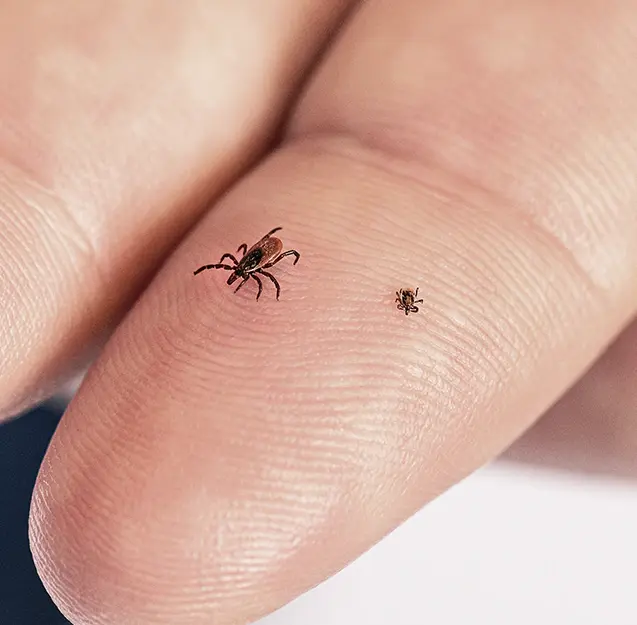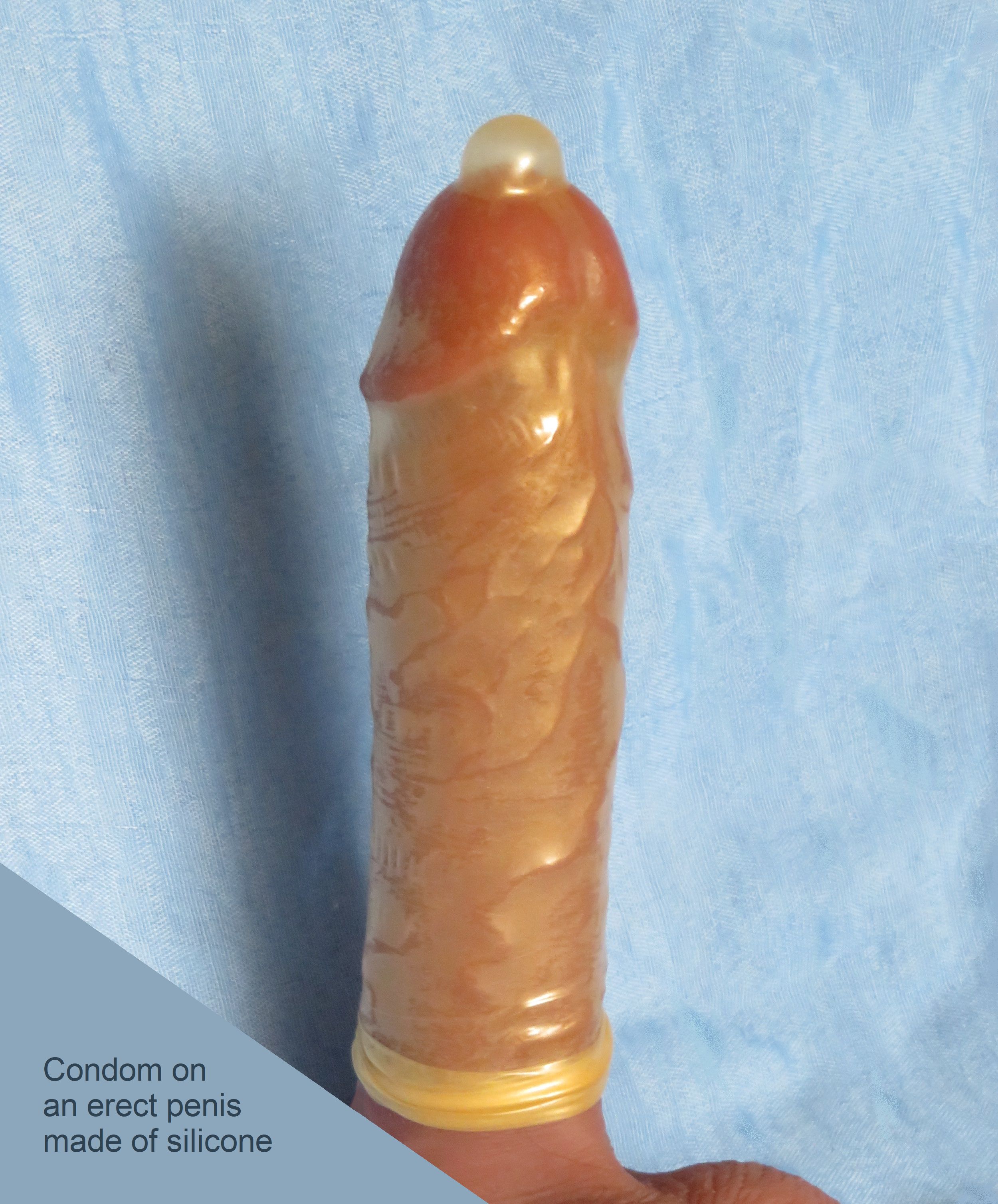|
Phthiriasis
''Pediculosis pubis'' (also known as "crabs" and "pubic lice") is an infestation by the pubic louse, ''Pthirus pubis'', a wingless insect which feeds on blood and lays its eggs (nits) on mainly pubic hair. Less commonly, hair near the anus, armpit, beard, eyebrows, moustache, and eyelashes may be involved. It is usually acquired during sex, but can be spread via bedding, clothing and towels, and is more common in crowded conditions where there is close contact between people. The main symptom is an intense itch in the groin, particularly at night. There may be some grey-blue discolouration at the feeding site, and eggs and lice may be visible. Scratch marks, crusting and scarring may be seen, and there may be signs of secondary bacterial infection. Diagnosis is by visualising the nits or live lice, either directly or with a magnifying glass. Investigations for other sexually transmitted infections (STIs) are usually performed. First line treatment usually contains permet ... [...More Info...] [...Related Items...] OR: [Wikipedia] [Google] [Baidu] |
Blepharitis
Blepharitis, sometimes known as granulated eyelids, is one of the most common ocular conditions characterized by inflammation, scaling, reddening, and crusting of the eyelid. This condition may also cause swelling, burning, itching, or a grainy sensation when introducing foreign objects or substances to the eye. Although blepharitis by itself is not sight-threatening, it can lead to permanent alterations of the eyelid margin. The primary cause is bacteria and inflammation from congested meibomian oil glands at the base of each eyelash. Other conditions may give rise to blepharitis, whether they be infectious or noninfectious, including, but not limited to, bacterial infections or allergies. Different variations of blepharitis can be classified as seborrheic, staphylococcal, mixed, posterior or meibomitis, or parasitic. In a survey of US ophthalmologists and optometrists, 37% to 47% of patients seen by those surveyed had signs of blepharitis, which can affect all ages and ethnic ... [...More Info...] [...Related Items...] OR: [Wikipedia] [Google] [Baidu] |
Pubic Louse
The crab louse or pubic louse (''Pthirus pubis'') is an insect that is an obligate ectoparasite of humans, feeding exclusively on blood. The crab louse usually is found in the person's pubic hair. Although the louse cannot jump, it can also live in other areas of the body that are covered with coarse hair, such as the perianal area, the general body hair, and the eyelashes (in children). Humans are the only known hosts of the crab louse, although a closely related species, '' Pthirus gorillae'', infects gorillas. The human parasite is thought to have diverged from ''Pthirus gorillae'' approximately 3.3 million years ago. It is more distantly related to the genus '' Pediculus'', which contains the human head and body lice and lice that affect chimpanzees and bonobos. Description An adult crab louse is about 1.3–2 mm long (slightly smaller than the body louse and head louse), and can be distinguished from those other species by its almost round body. Another distinguishi ... [...More Info...] [...Related Items...] OR: [Wikipedia] [Google] [Baidu] |
Infectious Disease (medical Specialty)
Infectious diseases (ID), also known as infectiology, is a medical specialty dealing with the diagnosis and treatment of infections. An infectious diseases specialist's practice consists of managing nosocomial (Hospital-acquired infection, healthcare-acquired) infections or community-acquired infections. An ID specialist investigates and determines the cause of a disease (bacteria, virus, parasite, fungus or prions). Once the cause is known, an ID specialist can then run various tests to determine the best drug to treat the disease. While infectious diseases have always been around, the infectious disease specialty did not exist until the late 1900s after scientists and physicians in the 19th century paved the way with research on the sources of infectious disease and the development of vaccines. Scope Infectious diseases specialists typically serve as consultants to other physicians in cases of complex infections, and often manage patients with HIV/AIDS and other forms of immuno ... [...More Info...] [...Related Items...] OR: [Wikipedia] [Google] [Baidu] |
Stereo-microscope
The stereo, stereoscopic or dissecting microscope is an optical microscope variant designed for low magnification observation of a sample, typically using light reflected from the surface of an object rather than transmitted through it. The instrument uses two separate optical paths with two objectives and eyepieces to provide slightly different viewing angles to the left and right eyes. This arrangement produces a three-dimensional visualization of the sample being examined."Introduction to Stereomicroscopy" by Paul E. Nothnagle, William Chambers, and Michael W. Davidson, '' Mi ... [...More Info...] [...Related Items...] OR: [Wikipedia] [Google] [Baidu] |
Dermatoscopy
Dermatoscopy, also known as dermoscopy or epiluminescence microscopy, is the examination of skin lesions with a dermatoscope. It is a tool similar to a camera to allow for inspection of skin lesions unobstructed by skin surface reflections. The dermatoscope consists of a magnifier, a light source (polarized or non-polarized), a transparent plate and sometimes a liquid medium between the instrument and the skin. The dermatoscope is often handheld, although there are stationary cameras allowing the capture of whole body images in a single shot. When the images or video clips are digitally captured or processed, the instrument can be referred to as a digital epiluminescence dermatoscope. The image is then analyzed automatically and given a score indicating how dangerous it is. This technique is useful to dermatologists and skin cancer practitioners in distinguishing benign from malignant (cancerous) lesions, especially in the diagnosis of melanoma. Types There are two main types o ... [...More Info...] [...Related Items...] OR: [Wikipedia] [Google] [Baidu] |
Nymph (biology)
In biology, a nymph (from Ancient Greek wikt:νύμφα, νύμφα ''nūmphē'' meaning "bride") is the juvenile (organism), juvenile form of some invertebrates, particularly insects, which undergoes gradual metamorphosis (biology), metamorphosis (hemimetabolism) before reaching its adult stage. Unlike a typical larva, a nymph's overall form already resembles that of the adult, except for a lack of wings (in winged species) and the emergence of genitalia. In addition, while a nymph ecdysis, moults, it never enters a pupal stage. Instead, the final moult results in an adult insect. Nymphs undergo multiple stages of development called instars. Taxa with nymph stages Many species of Arthropod, arthropods have nymph stages. This includes the insect orders such as Orthoptera (cricket (insect), crickets, grasshoppers and locusts), Hemiptera (cicadas, shield bugs, Whitefly, whiteflies, aphids, leafhoppers, froghoppers, treehoppers), mayfly, mayflies, termites, cockroaches, mantises, ... [...More Info...] [...Related Items...] OR: [Wikipedia] [Google] [Baidu] |
Louse
Louse (: lice) is the common name for any member of the infraorder Phthiraptera, which contains nearly 5,000 species of wingless parasitic insects. Phthiraptera was previously recognized as an order (biology), order, until a 2021 genetic study determined that they are a highly modified lineage of the order Psocodea, whose members are commonly known as booklice, barklice or barkflies. Lice are obligate parasites, living externally on warm-blooded Host (biology), hosts, which include every species of bird and mammal, except for monotremes, pangolins, and bats. Chewing lice live among the hairs or feathers of their host and feed on skin and debris, whereas sucking lice pierce the host's skin and feed on blood and other secretions. They usually spend their whole life on a single host, cementing their eggs, called Head louse#Eggs/Nits, nits, to hairs or feathers. The eggs hatch into Nymph (biology), nymphs, which moult three times before becoming fully grown, a process that takes a ... [...More Info...] [...Related Items...] OR: [Wikipedia] [Google] [Baidu] |
Centers For Disease Control And Prevention
The Centers for Disease Control and Prevention (CDC) is the National public health institutes, national public health agency of the United States. It is a Federal agencies of the United States, United States federal agency under the United States Department of Health and Human Services, Department of Health and Human Services (HHS), and is headquartered in Atlanta, Georgia. The CDC's current nominee for director is Susan Monarez. She became acting director on January 23, 2025, but stepped down on March 24, 2025 when nominated for the director position. On May 14, 2025, Robert F. Kennedy Jr. stated that lawyer Matthew Buzzelli is acting CDC director. However, the CDC web site does not state the acting director's name. The agency's main goal is the protection of public health and safety through the control and prevention of disease, injury, and disability in the US and worldwide. The CDC focuses national attention on developing and applying disease control and prevention. It e ... [...More Info...] [...Related Items...] OR: [Wikipedia] [Google] [Baidu] |
Clinical Infectious Diseases
''Clinical Infectious Diseases'' is a peer-reviewed medical journal published by Oxford University Press covering research on the pathogenesis, clinical investigation, medical microbiology, diagnosis, immune mechanisms, and treatment of diseases caused by infectious agents. It includes articles on antimicrobial resistance, bioterrorism, emerging infections, food safety, hospital epidemiology, and HIV/AIDS. It also features highly focused brief reports, review articles, editorials, commentaries, and supplements. The journal is published on behalf of the Infectious Diseases Society of America. The editor-in-chief is infectious disease physician Paul Sax. According to the ''Journal Citation Reports'', the journal had a 2020 impact factor The impact factor (IF) or journal impact factor (JIF) of an academic journal is a type of journal ranking. Journals with higher impact factor values are considered more prestigious or important within their field. The Impact Factor of a jo ... [...More Info...] [...Related Items...] OR: [Wikipedia] [Google] [Baidu] |
Crab Lice CDC
Crabs are decapod crustaceans of the infraorder Brachyura (meaning "short tailed" in Greek), which typically have a very short projecting tail-like abdomen, usually hidden entirely under the thorax. Their exoskeleton is often thickened and hard. They generally have five pairs of legs, and they have "pincers" or "claws" on the ends of the frontmost pair, scientifically termed the '' chelae''. They are present in all the world's oceans, in freshwater, and on land, often hiding themselves in small crevices or burrowing into sediment. Crabs are omnivores, feeding on a variety of food, including a significant proportion of algae, as well as detritus and other invertebrates. Crabs are widely consumed by humans as food, with over 1.5 million tonnes caught annually. True crabs first appeared in the fossil record during the Jurassic period, around 200 million years ago, achieving great diversity by the Cretaceous period; around 7,000 extant species in 96 families are known. A numbe ... [...More Info...] [...Related Items...] OR: [Wikipedia] [Google] [Baidu] |
Condom
A condom is a sheath-shaped Barrier contraception, barrier device used during sexual intercourse to reduce the probability of pregnancy or a Sexually transmitted disease, sexually transmitted infection (STI). There are both external condoms, also called male condoms, and Internal condom, internal (female) condoms. The external condom is rolled onto an erect penis before intercourse and works by forming a physical barrier which limits skin-to-skin contact, exposure to Bodily Fluids, fluids, and blocks semen from entering the body of a sexual partner. External condoms are typically made from latex and, less commonly, from polyurethane, polyisoprene, or lamb intestine. External condoms have the advantages of ease of use, ease of access, and few side effects. Individuals with latex allergy should use condoms made from a material other than latex, such as polyurethane. Internal condoms are typically made from polyurethane and may be used multiple times. With proper use—and ... [...More Info...] [...Related Items...] OR: [Wikipedia] [Google] [Baidu] |








